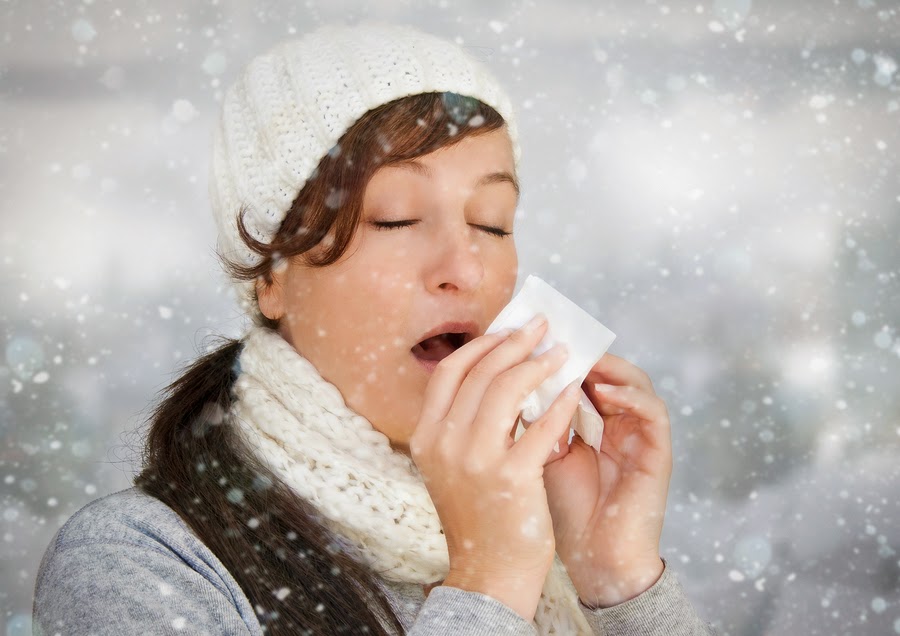Senin, 09 Februari 2015
Allergies in The Winter
If you are like me and suffer from pollen allergies with in the summer, you might expect for the winter. Winter is generally reduce allergy symptoms when the weather outside becomes colder and colder. But, if you have allergies to mold and dust mites, you may find no help during the winter.
Here are some factors to consider that can trigger allergies in the winter.
When the temperature drops and the furnace you start running, it will send mold spores and dust that accumulate in various parts of your heating system air into your home. It can trigger allergic reactions in many people.
To help this situation I always run the furnace for 10 to 15 minutes in the fall when the windows can be opened wide to allow fresh air to remove allergens produced.
Do not forget to change the furnace filter regularly.
Symptoms of allergies caused by dust and mold in the home, including cough, runny nose, itchy eyes and sneezing.
These symptoms, although similar to a cold or flu, it will take longer than the usual 7 to 10 days. System allergies can last for several weeks or even months. Also, allergies are not accompanied by fever or body aches and pains.
If cough, runny nose, itchy eyes and sneezing last for more than a week, it is best to see your doctor. He will refer you to an allergist who will perform skin tests to determine what the cause of allergies that affect you. This is a very simple test that only takes 30 minutes to complete and is not at all painful.
Once the specific allergens that cause your reaction is found, the doctor may prescribe an antihistamine to reduce the sneezing, sniffling, and itching and decongestants to relieve nasal congestion and swelling.
Another avenue of treatment may include taking allergy shots. These injections expose the body to gradually increase the dose of allergen. This allows the immune system to build resistance to specific allergens. This can reduce your cold allergy symptoms for long periods of time.
There are some other things you can do to help relieve the symptoms of your cold allergy.
Consider purchasing a HEPA air filter system to remove dust from the air. It is very effective when used in the bedroom to help alleviate congestion night time.
If the humidity in your home is in the top 45 to 50%, the dehumidifier will help control the growth of fungi.
Remember that dust mites thrive in humidity of more than 60 percent and a temperature of 60 to 85 degrees Fahrenheit.
Get rid of any items that indicate mold as the bathroom shower curtain and every carpet that may show signs of moisture.
Check the basement for mold growth area. Wash all fields are found with a 5% solution of bleach and detergent and take further steps to reduce the humidity in these areas.
Wash all bedding in hot water (135 F) every week to reduce dust mites and their droppings.
Other considerations that will help relieve cold allergy including using an artificial Christmas tree and wash all your Christmas decorations before putting them out. Real tree can have pollen and mold, and wash ornaments will remove the build up of dust to accumulate.
Clean, dust, and vacuum regularly, use a vacuum with a high efficiency particulate air (HEPA) filter.
Langganan:
Posting Komentar (Atom)

Tidak ada komentar:
Posting Komentar